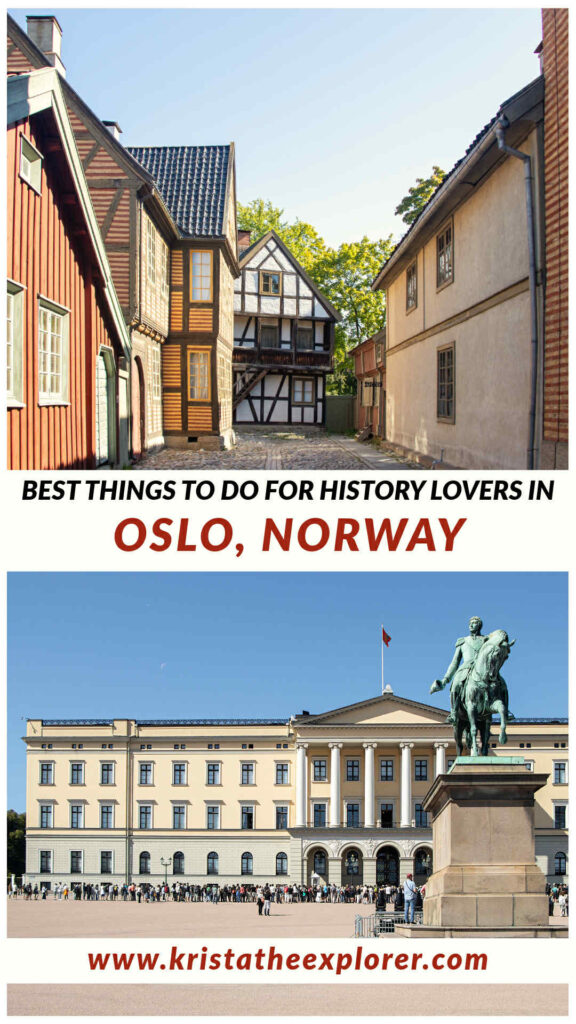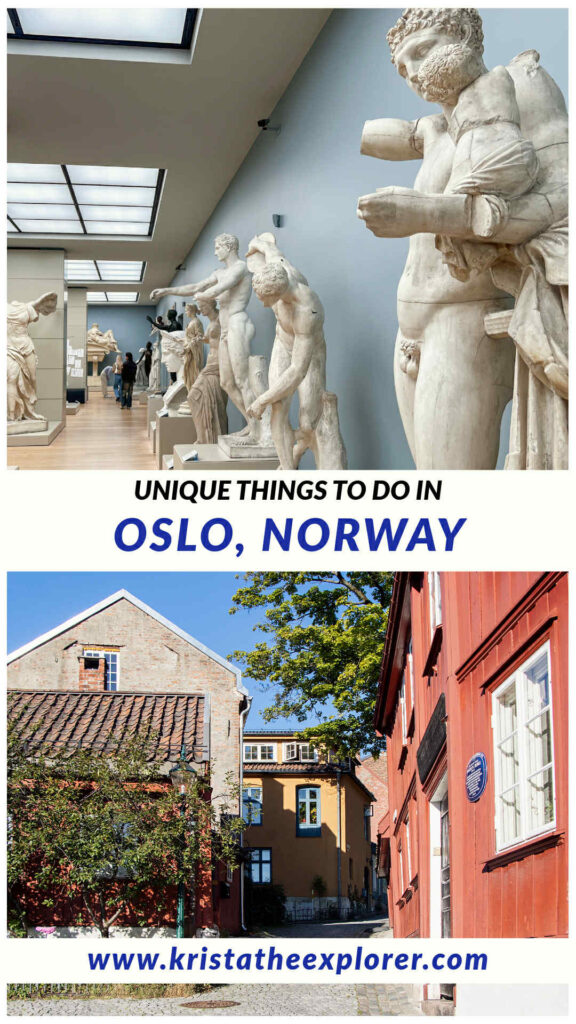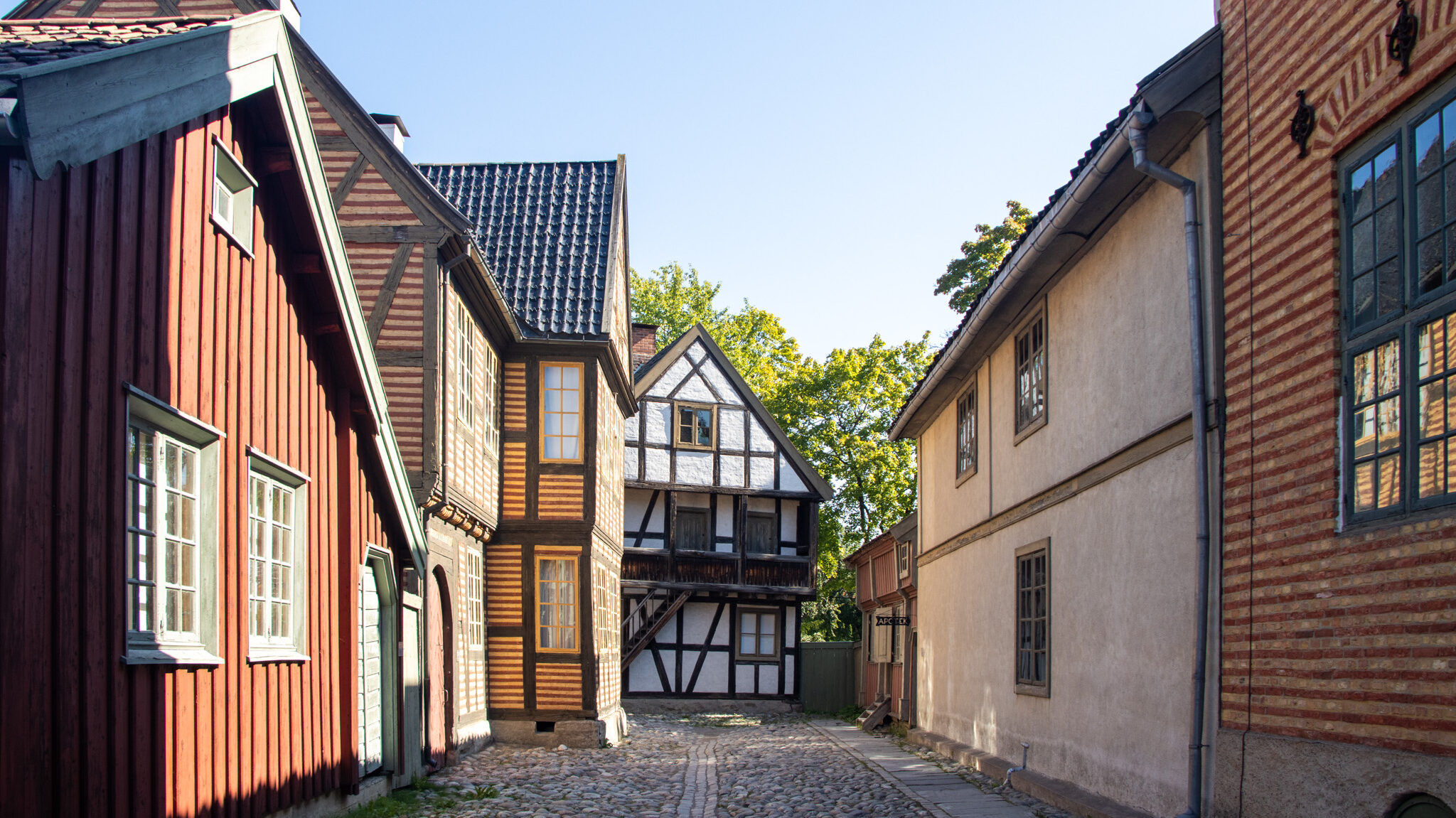Oslo may be the Norwegian capital, but it can sometimes be overlooked in favour of other cities in Norway such as Bergen and Trondheim. Sitting at the head of the Oslofjord, Oslo should be on every traveller’s list, with its incredible architecture, scenic waterfront, and cozy neighbourhoods just a few of the standout reasons to go. It’s very easy to spend a few days walking around the streets here, and many of the best things to do in Oslo for history lovers don’t cost a fortune to enjoy.
What really sets Oslo apart from other places in Norway is how it connects its vibrant present with its unique historic past. Oslo’s history dates all the way back to the Viking Age, when the city was founded in the 11th century. It wasn’t until the 14th century that Oslo was named Norway’s capital though. Many of Oslo’s cultural treasures have survived intact too, so it’s easy to immerse yourself in Norway’s history at any time of the year.
- Best Things to Do in Oslo if You Love History
- Is the Oslo Pass worth it?
- Places to eat in Oslo
- Where to stay in Oslo
- When’s the best time to visit Oslo?
Best Things to Do in Oslo if You Love History
Norsk Folkemuseum
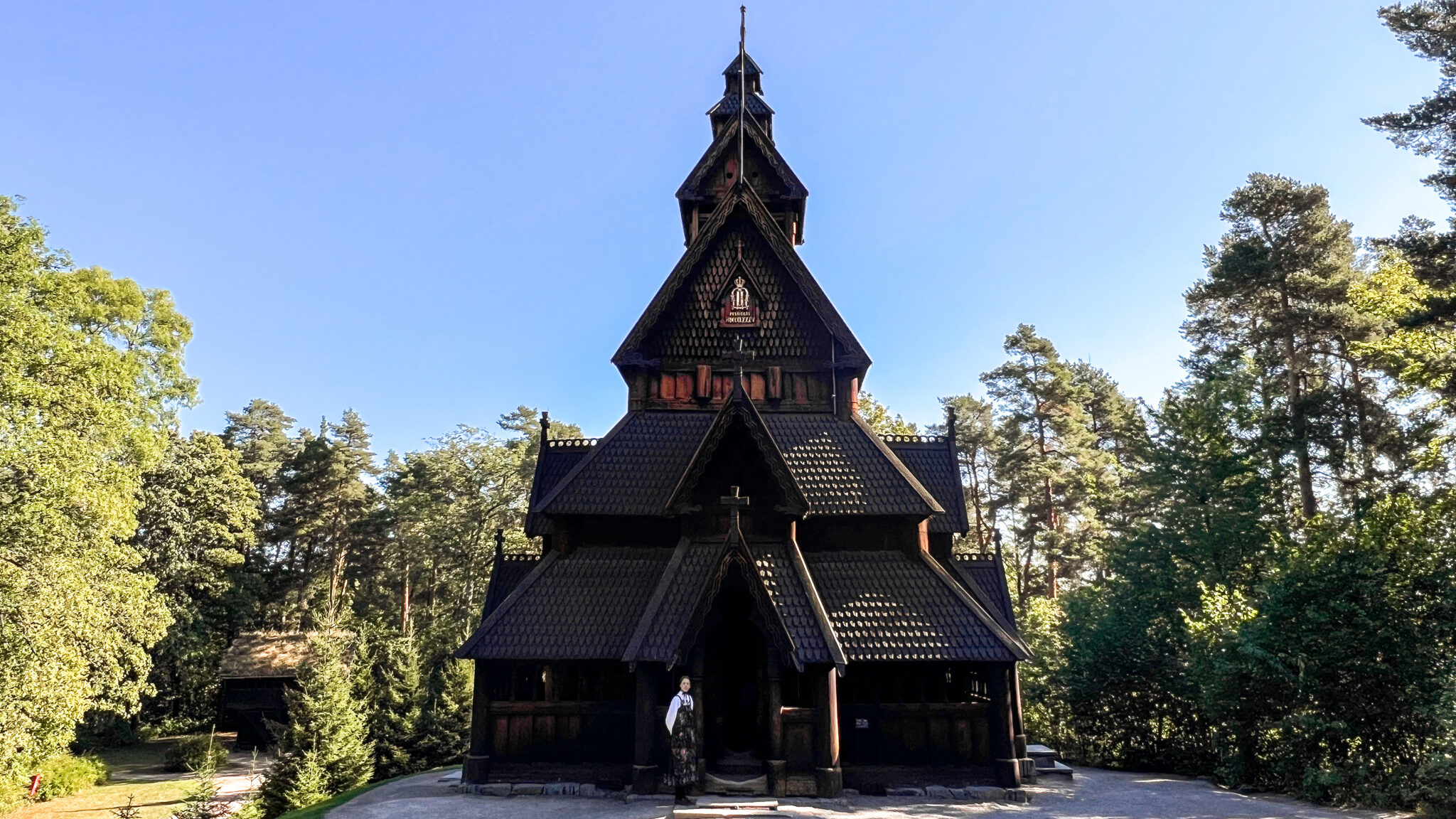
Without a doubt, one of the best things to do in Oslo is to spend some time at the Norsk Folkemuseum. This is my favourite museum in Oslo as it allows you to walk through hundreds of years worth of Norwegian history in just a few hours. This open-air museum has more than 150 historic buildings for you to see, including townhouses and the very popular Gol Stave Church dating back to the 13th century.
Norsk Folkemuseum also has various exhibitions covering topics like Sami culture, folk art, and rural life to give you a better understanding of Norwegian history outside of the capital. If you only have time to visit one museum in Oslo, make sure it’s the Norsk Folkemuseum.
Karl Johans Gate and The Royal Palace
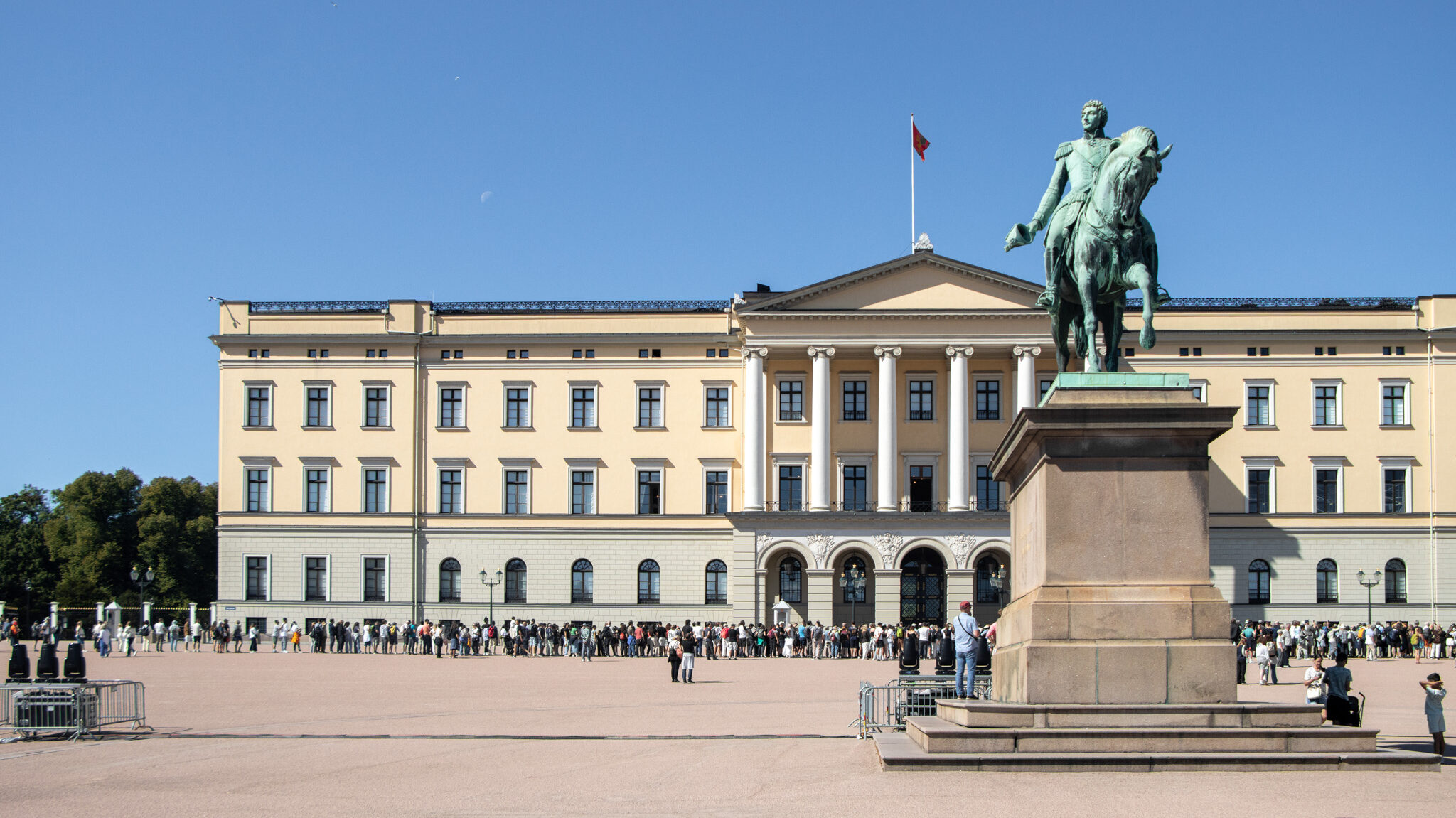
The most famous street in Oslo is Karl Johans Gate, running from the Royal Palace down to the central train station. Along the route you’ll find plenty of shops, cafes, and historic landmarks to admire, so it’s well worth walking along the street during your stay in Oslo. Since the 1800s, Karl Johans Gate has been a central part of the city’s identity, and it’s no coincidence that it finishes at the Royal Palace.
Built in the mid-19th century, the Royal Palace still stands as the official residence of Norway’s royal family. Unfortunately the palace was closed when we visited, but we were still able to explore the exterior of the palace and watch the changing of the guard, which is a daily event taking place at 1:30pm. If you want to see the changing of the guard, try to get there early to make sure you have a good view.
Engebret Cafe
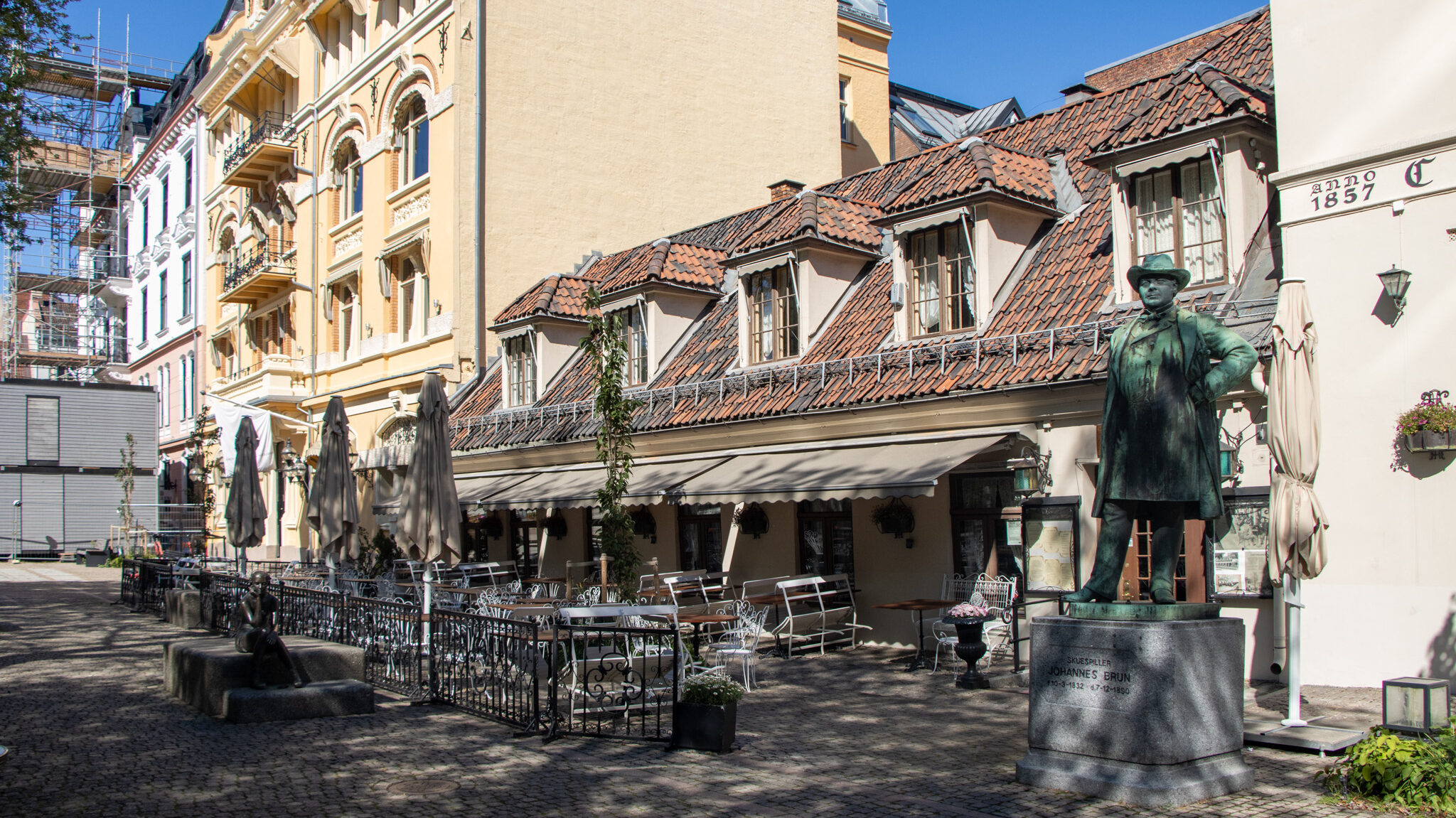
Established in 1857, Engebret Cafe is the oldest restaurant in Oslo and it’s long been a gathering place for musicians, artists, and writers. Even Edvard Munch is known to have dined here! As soon as you enter the restaurant you’ll feel its history, as the interior has retained its classic charm and cozy atmosphere. Its menu is centred around traditional Norwegian cuisine too, making Engebret Cafe the perfect place to eat in Oslo for history enthusiasts.
Explore some historic streets
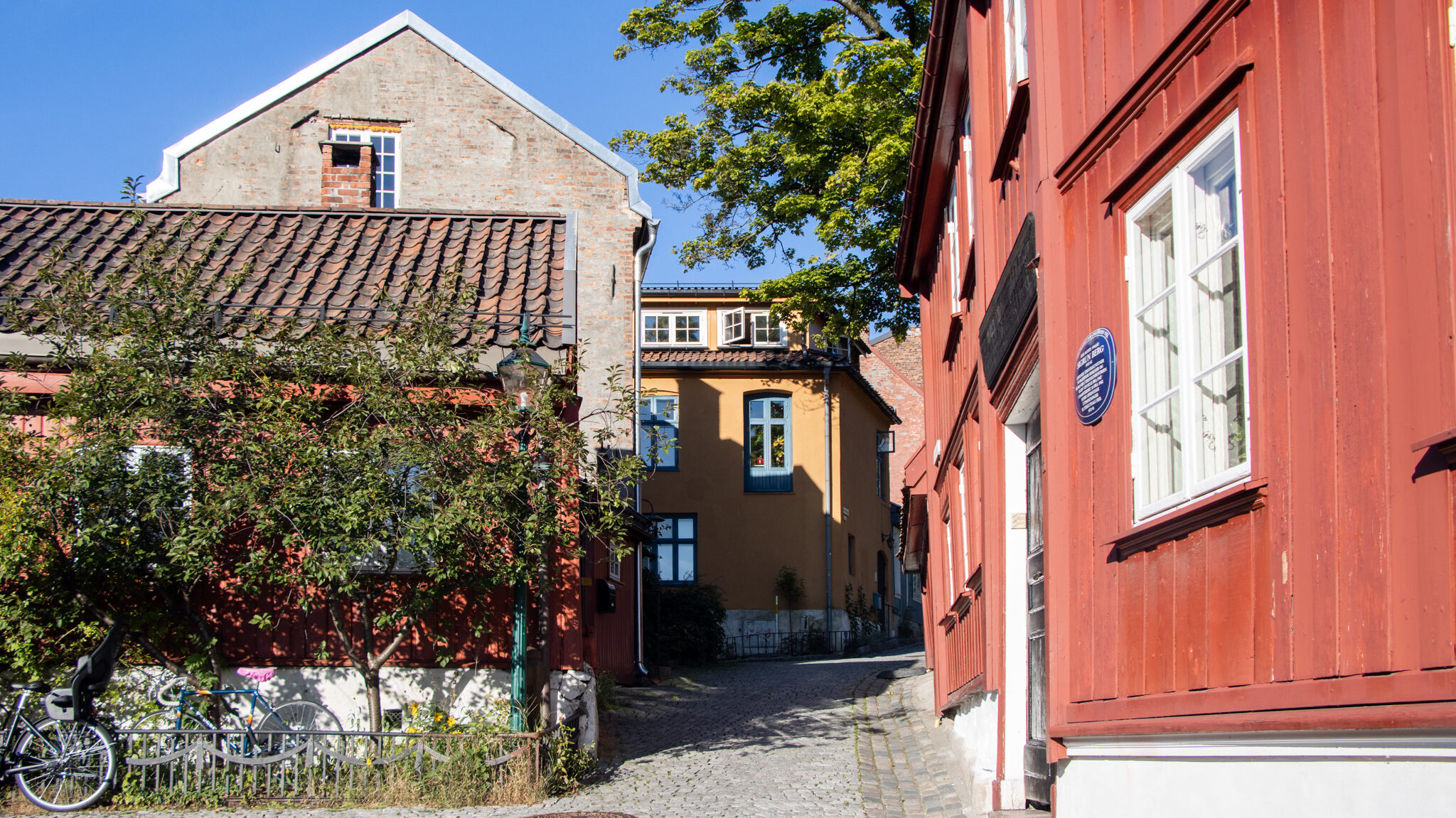
If you’re looking for budget friendly activities to add to your itinerary, walking around the city’s historic streets is one of the best things to do in Oslo. Two streets that I’d highly recommend visiting are Damstredet and Telthusbakken. Both of these locations are beautiful cobblestone lanes lined with colourful houses from the 18th and 19th centuries.
Walking along these streets feels like you’ve taken a step back in time, and it’s a peaceful escape from the busy city centre. It’s very easy to add these streets to your itinerary, but keep in mind that these are residential areas so you should be respectful of the houses and people who live here.
Eat unlimited shrimp on a traditional wooden ship
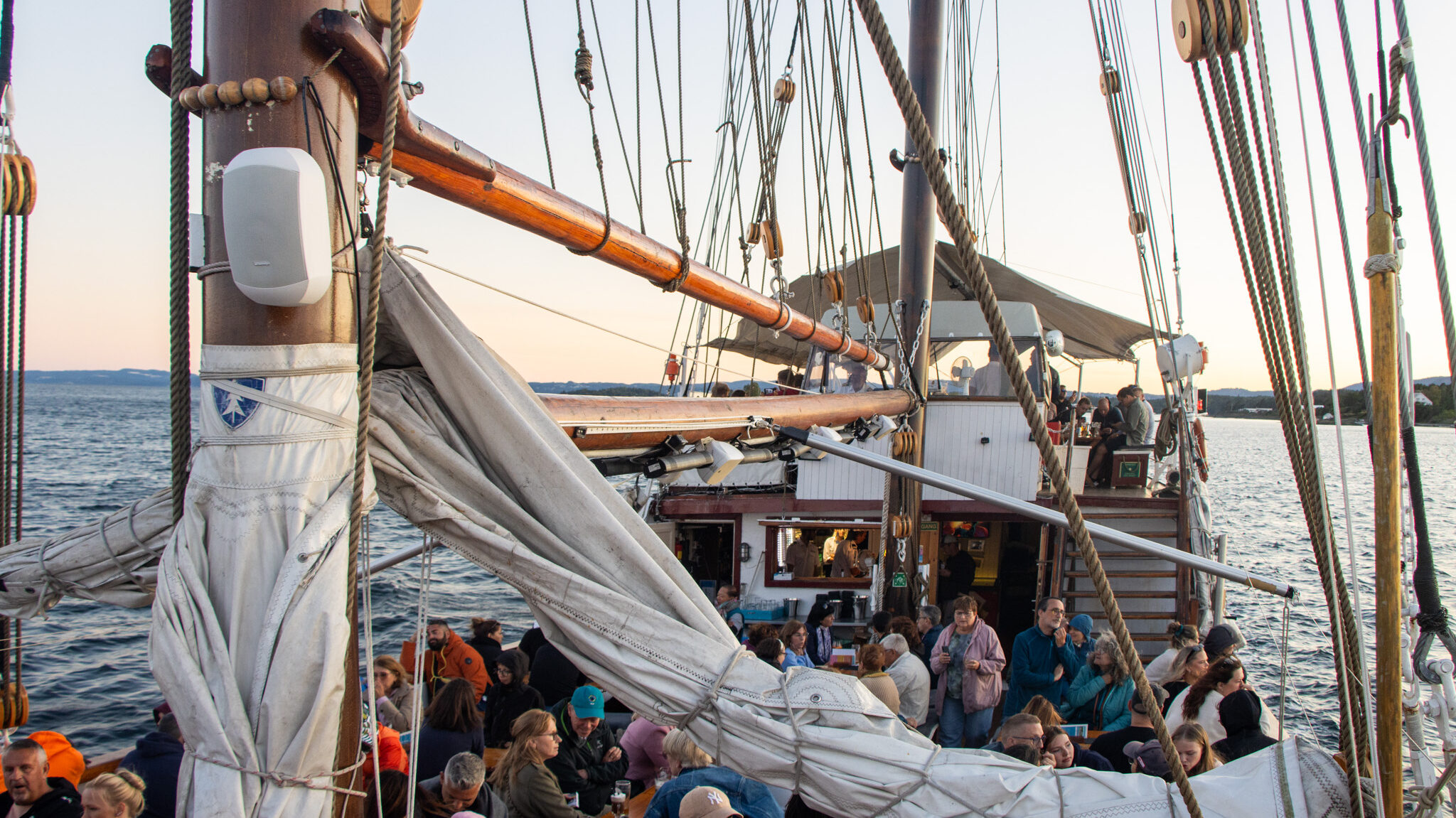
A cruise around the Oslofjord is a must, but have you ever considered a dinner cruise? Norway Yacht Charter offers a variety of cruises, including sightseeing tours. However, you simply can’t beat cruising around the Oslofjord near sunset while enjoying a shrimp buffet.
Norway Yacht Charter’s evening cruise on the Oslo Fjord is a 3-hour experience on a traditional wooden sailing ship that’s been expertly restored. Along the route you’ll pass through green islands, get a unique view of the city of Oslo, and cruise into sheltered bays. During the cruise you’ll also be treated to a local Norwegian shrimp buffet, and there’s a bar onboard too. In terms of the best things to do in Oslo, this evening cruise is hard to beat.
MUNCH Museum
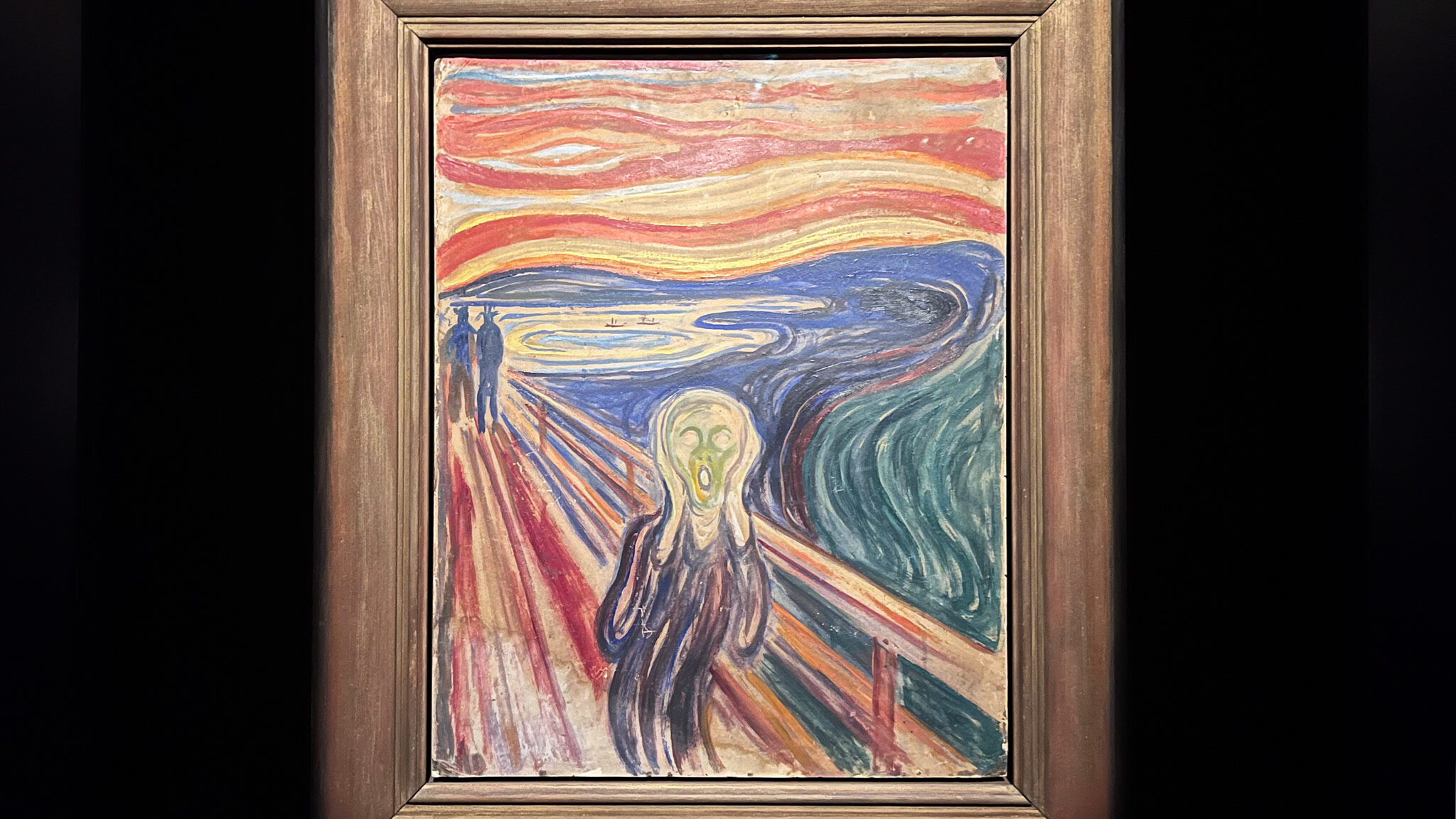
There are over 50 museums in Oslo to enjoy, but history lovers shouldn’t miss the MUNCH Museum, which is dedicated to Norway’s most famous artist, Edvard Munch. Inside the museum are over 26,000 pieces of his work, making it the largest art collection by a single artist in the world. Other than paintings, visitors can enjoy looking at Munch’s sketches, prints, and personal belongings.
If you’re interested in seeing The Scream, there are three versions on display in the museum. Only one version is displayed at a single time, with the other two rotating every 30 minutes. It can be quite crowded with people trying to catch a glimpse of this famous painting, so I’d recommend getting here early in the morning if you can.
Oslo Cathedral
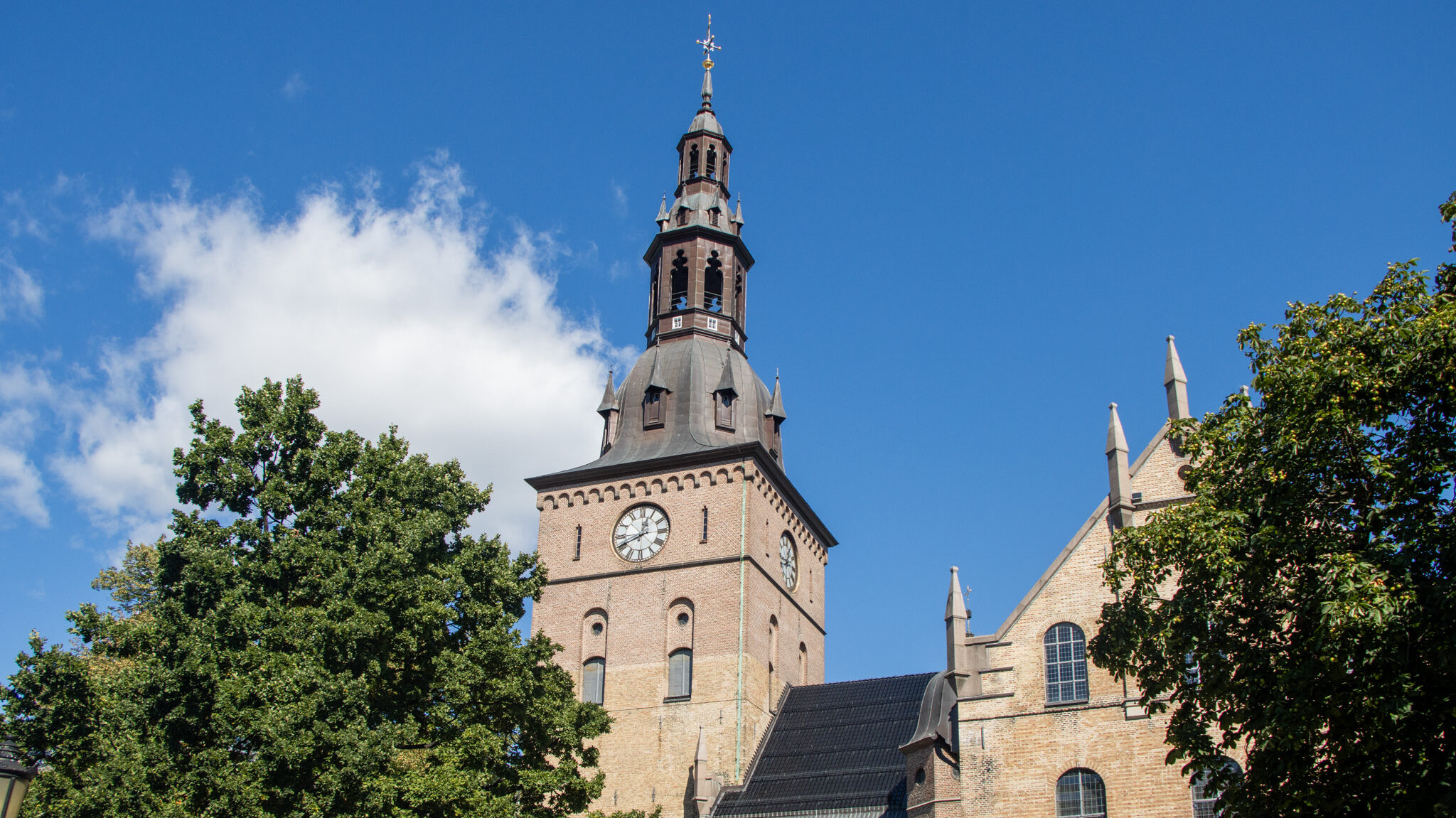
One attraction that’s often overlooked by visitors is Oslo Cathedral. Despite being located in the heart of the city, the cathedral is somewhat tucked away among trees so it can be easy to walk by. Oslo Cathedral has been the centrepiece of Norwegian cultural and religious life since the 17th century, and it still stands as one of the city’s most impressive landmarks. It’s free to enter as well, so if the doors are open when you visit, remember to take a look inside before continuing on your tour of Oslo.
Museums on Bygdøy
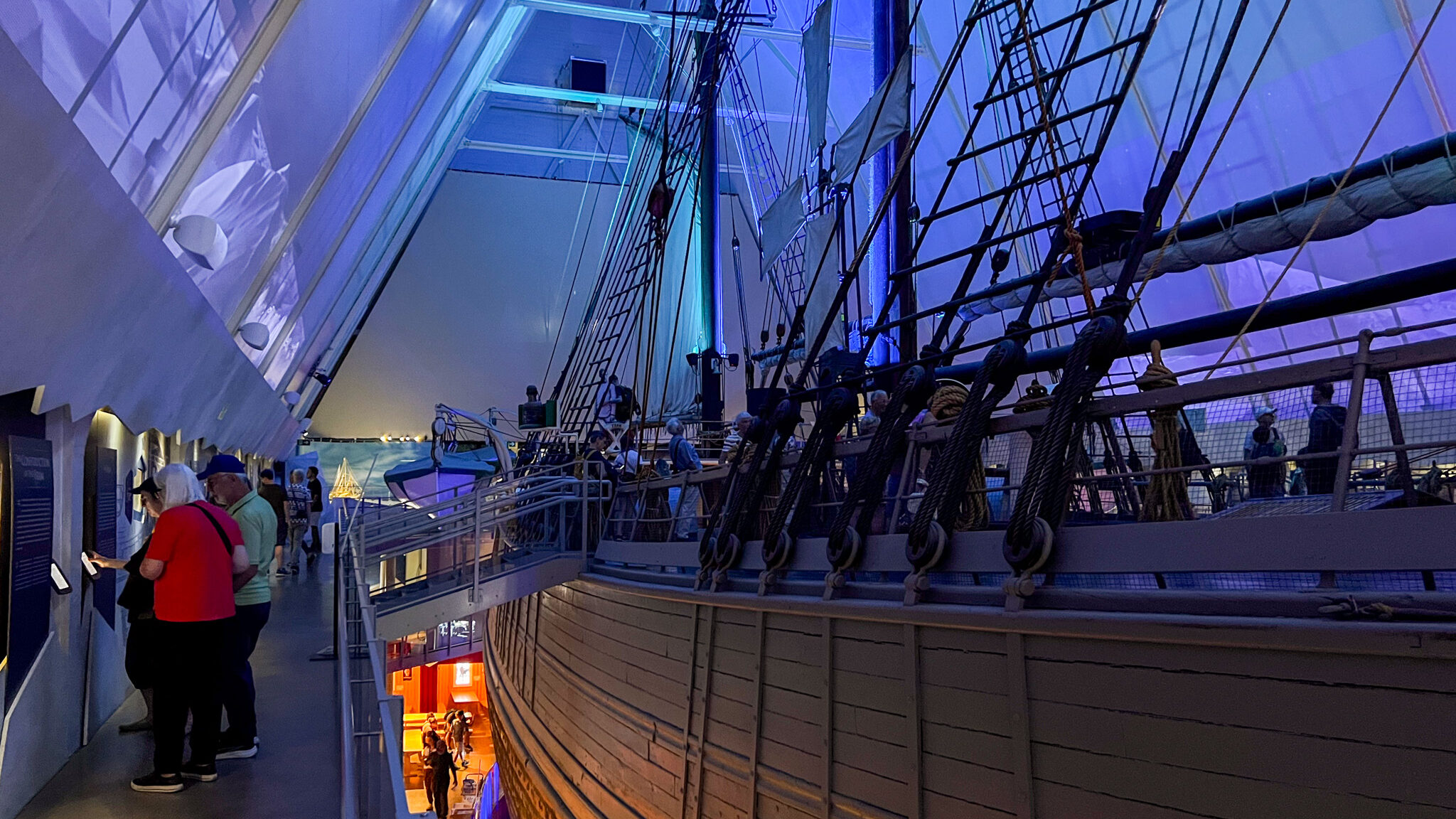
As well as being home to the Norsk Folkemuseum, the Bygdøy Peninsula has a few other noteworthy museums worth visiting if you have the time. The Viking Ship Museum, although under renovation when we visited, remains one of the top attractions in Oslo and is a must-see.
Other museums to add to your Oslo itinerary include the Fram Museum where you can see the world’s strongest wooden ship, the Kon-Tiki Museum, the Maritime Museum, and the Jewish Museum. You can easily spend a day in Bygdøy and still not have enough time to see all of these museums fully.
If you intend to visit more of the top museums in Oslo, I’d recommend purchasing the Oslo Pass to save money on entry fees and transportation costs around the city.
Akershus Fortress
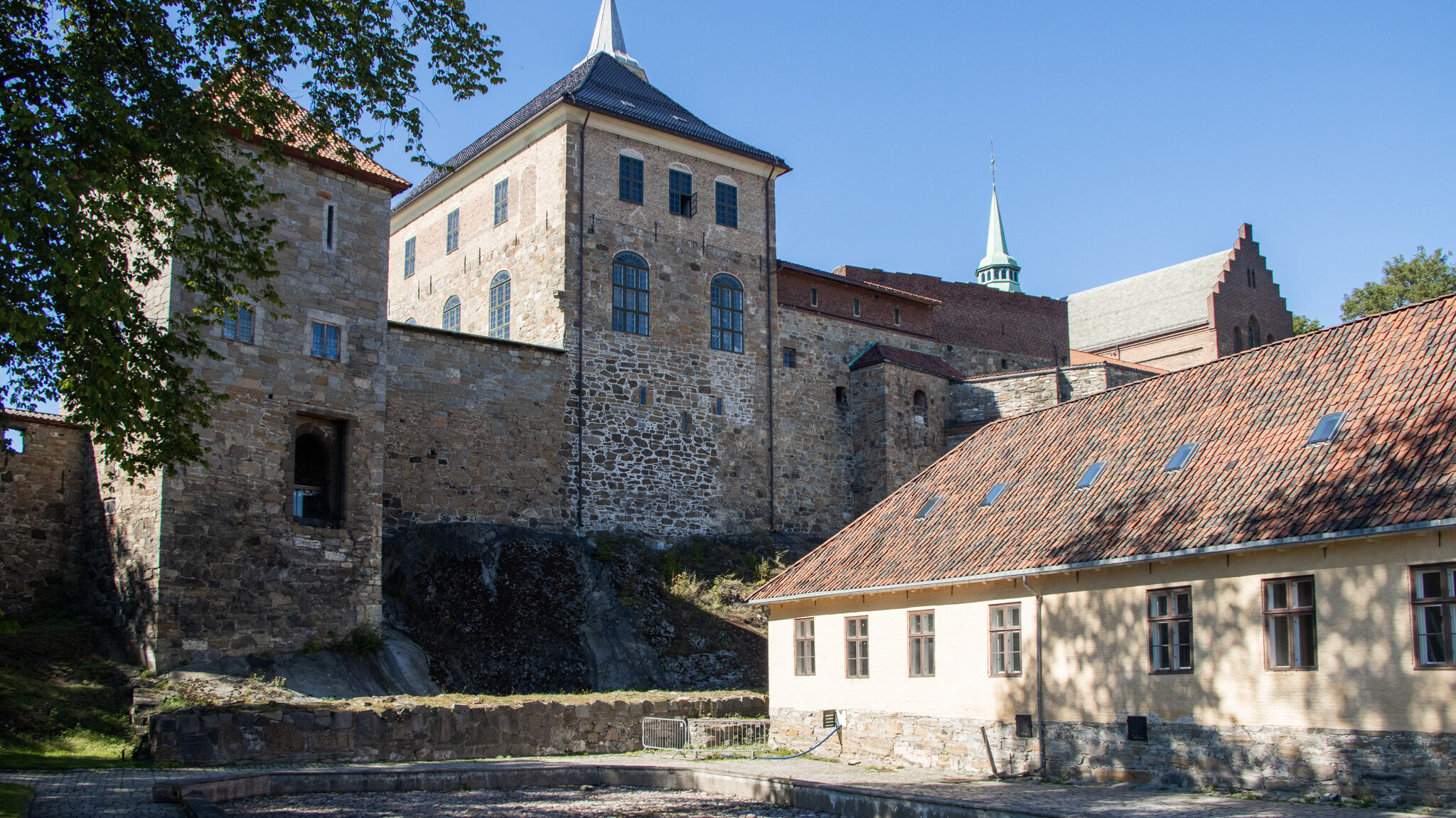
One of the best things to do in Oslo for history lovers is to visit the stunning Akershus Fortress. This medieval fortress was built over 700 years ago, in the late 13th century. Today it’s one of the most impressive historical landmarks in Oslo, offering visitors the chance to explore its towers, dungeons, and medieval heritage.
As well as going inside the main building of the fortress, the complex is also home to the Norwegian Armed Forces Museum and Norway’s Resistance Museum. Both of these additional museums offer good insights into the country’s military history. Once you’ve finished walking around the museums, head over to the ramparts of the fortress for breathtaking views of the Oslofjord. The grounds of Akershus Fortress are free to enter for everyone, even if you don’t feel like going to the museums here.
IBSEN Museum & Teater
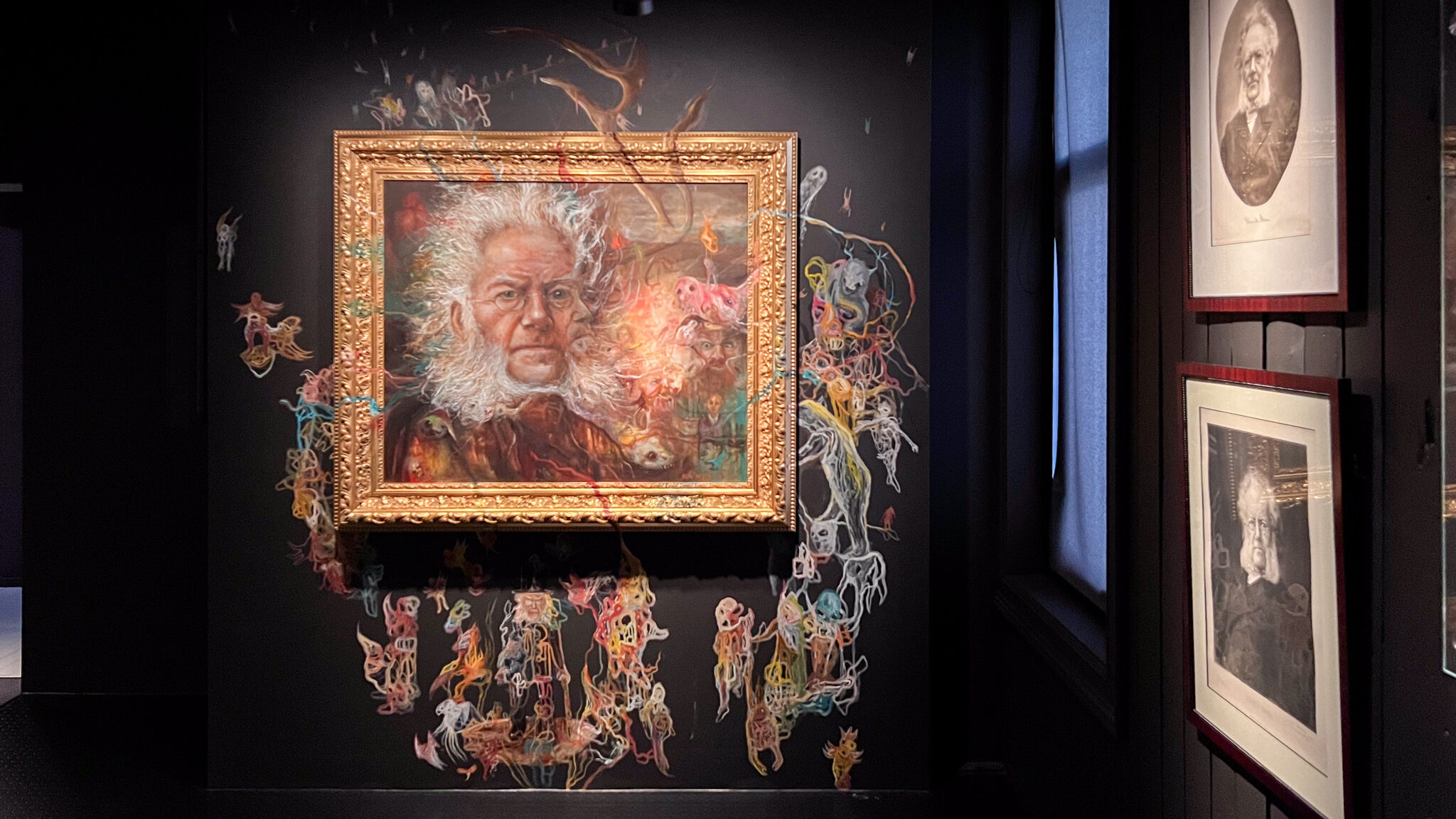
There are a lot of off the beaten path things to do in Oslo, including visiting the IBSEN Museum and Teater. This museum celebrates the life and work of Henrik Ibsen, Norway’s most famous playwright. It’s located within his former apartment, offering a rare look into his world. To gain access to the apartment you need to take part in a guided tour, but you can visit the small museum on the lower floor without the tour if you’re short on time.
Located near the IBSEN Museum and Teater is Oslo’s Historical Museum where you can find everything from Egyptian mummies to Viking treasures. If you plan your time well, you can easily add both of these museums to your list of the best things to do in Oslo for history lovers.
Oslo City Hall
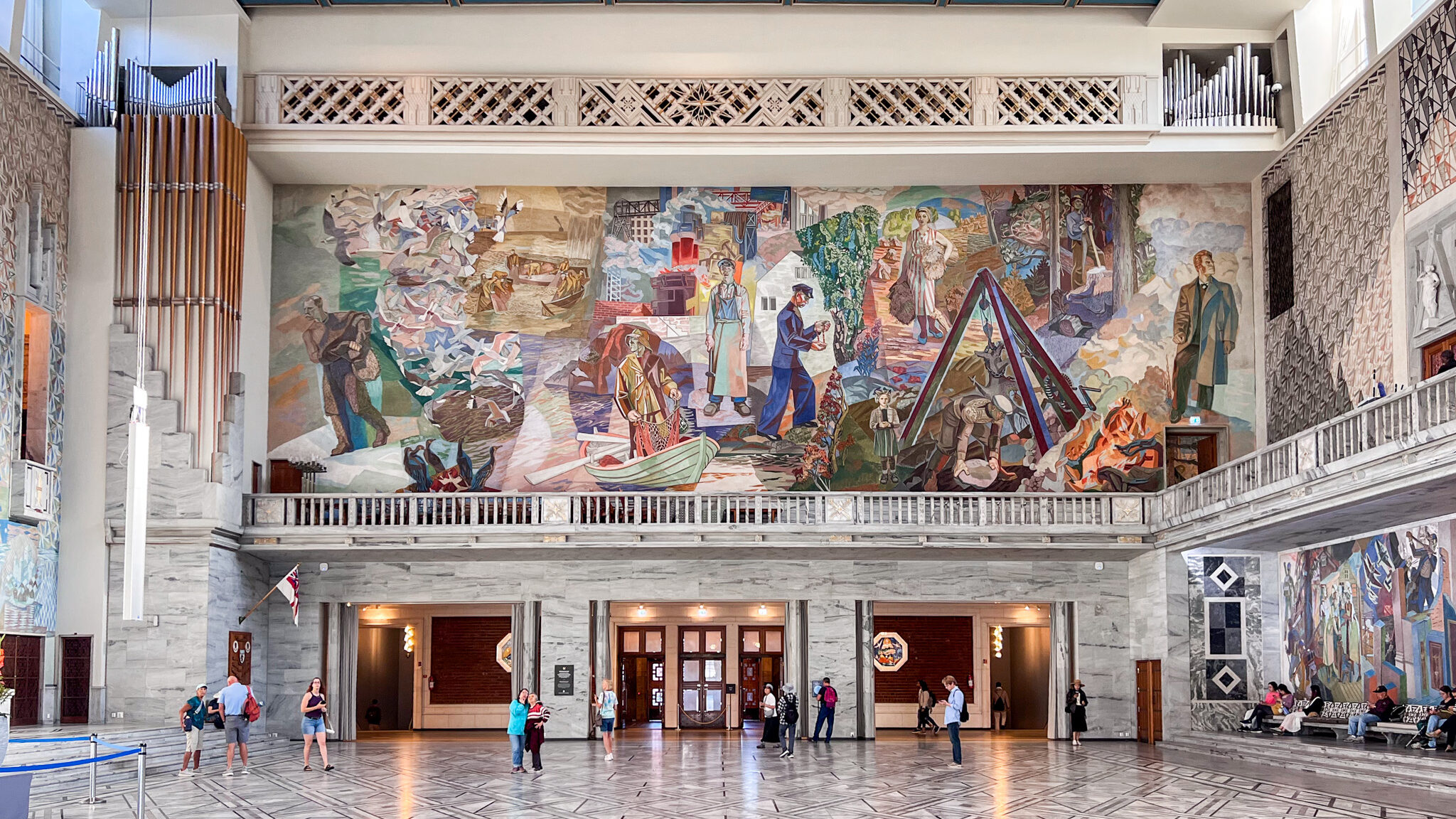
Although the Oslo City Hall looks modern compared to other historic buildings, it holds a special place in history. It was completed in 1950 and every year it acts as the venue for the Nobel Peace Prize ceremony. The building is free to enter, and visitors can admire the beautiful grand murals that adorn the walls of the main hall. If you’re lucky, the stairs will also be open so you can walk along the balconies.
Since visiting the Oslo City Hall is considered one of the best things to do in Oslo, chances are you’ll have to join a queue to enter. To avoid this though, arrive at opening time and you’ll be able to walk right through security with no hold ups.
Get lost in the National Museum
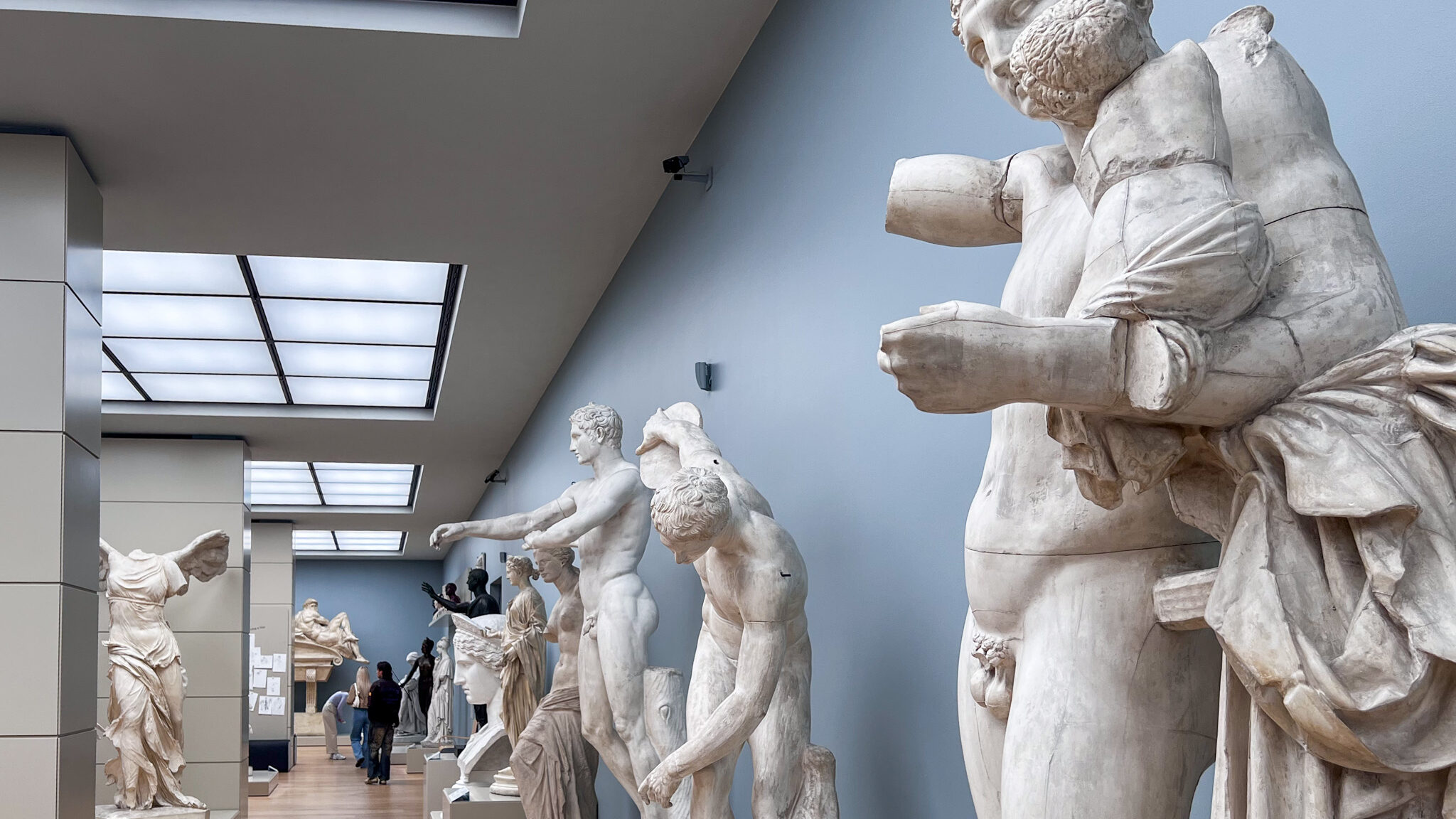
Close to the city hall is the National Museum, one of the largest museums in the Nordic region. Everything from contemporary art to medieval artifacts is on display in this museum. You can even see another version of The Scream if you didn’t end up visiting the MUNCH Museum. The National Museum is enormous, so if you’re short on time I’d recommend looking up what you want to see beforehand to save some time.
Next to the National Museum is the Nobel Peace Centre. This is another museum that ranks highly on the list of the best things to do in Oslo. The exhibitions in this museum explore the history of the Nobel Peace Prize as well as its laureates. Both of these museums are included with the Oslo Pass.
Is the Oslo Pass worth it?
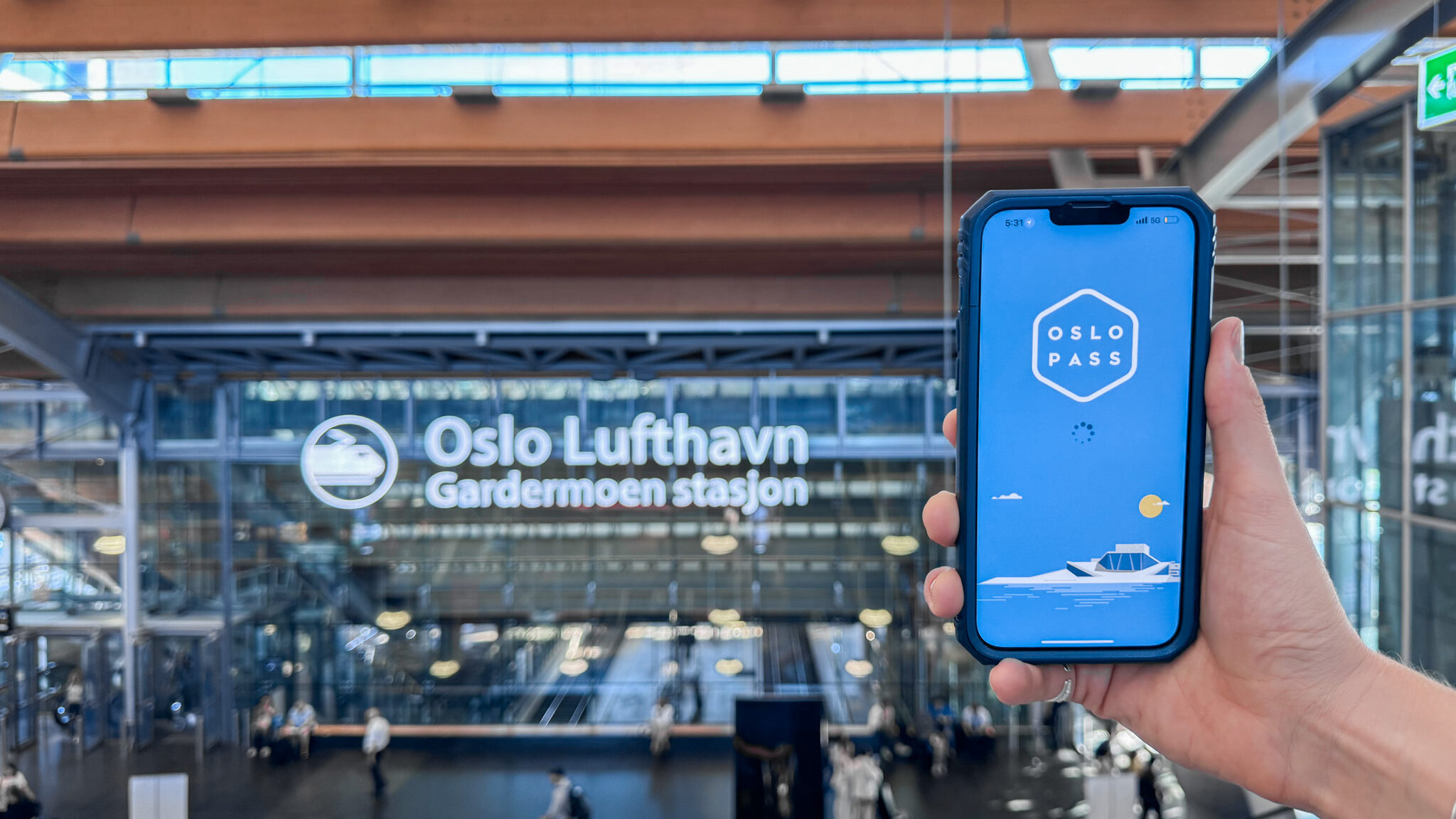
The Nordic countries aren’t known for being particularly cheap, but that doesn’t mean you can’t visit Oslo on a budget. During our trip to Oslo, we took full advantage of the Oslo Pass which gives you entry to more than 30 attractions around the city. You’ll also get free public transportation and discounts on certain tours and a few restaurants. Some of the best things to do in Oslo, such as going to the Norsk Folkemuseum, are included in the pass.
Determining whether the Oslo Pass is worth it or not depends solely on what attractions you intend to visit. If you’re only planning to visit a couple of attractions and walk most of the trip, then you probably won’t benefit from the pass. We visited as many museums and attractions as possible during our four days in Oslo, so the pass saved us a lot of money that we could use elsewhere.
Places to eat in Oslo
Stranden 30
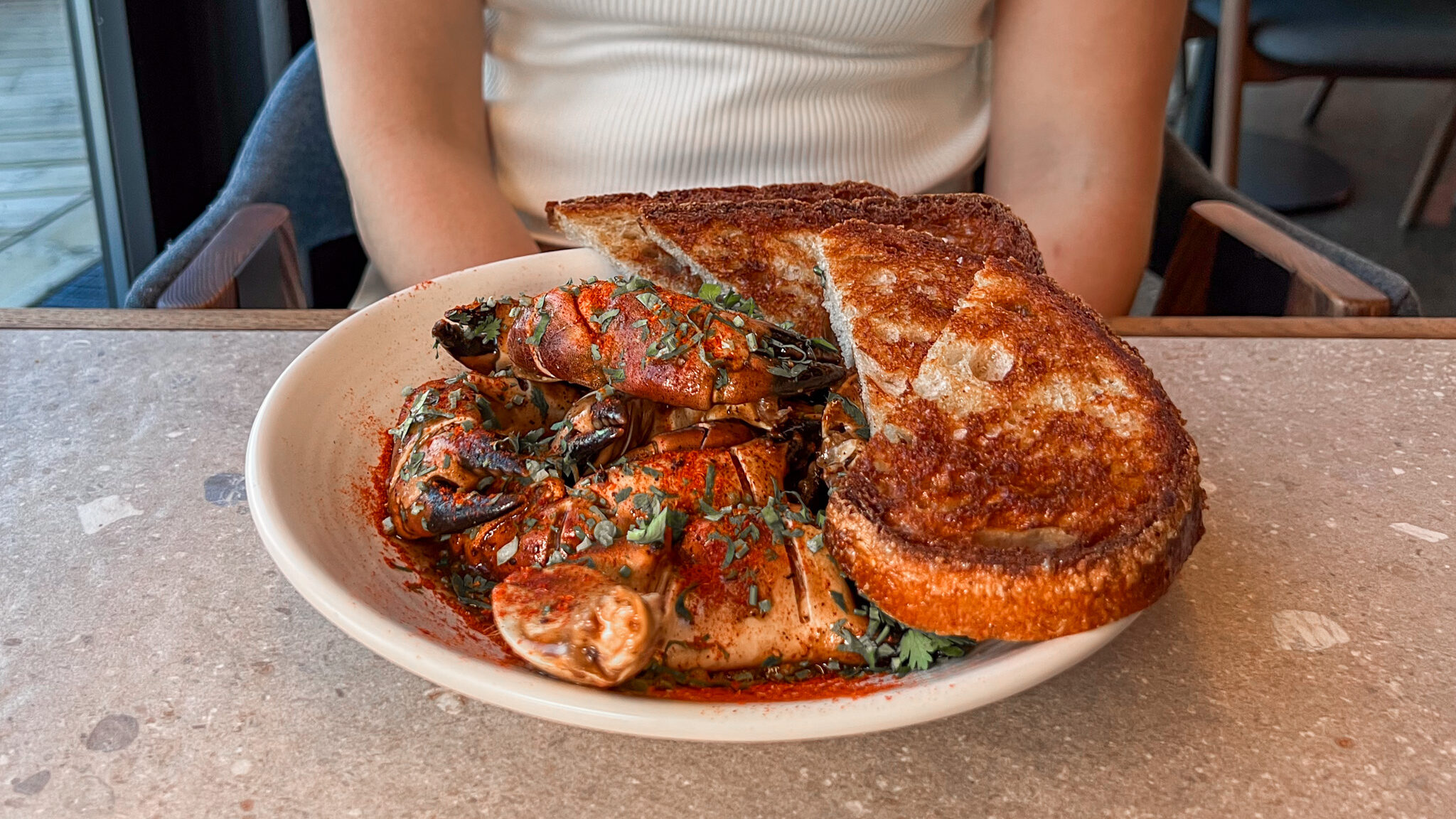
A beautiful restaurant in Oslo to have dinner at is Stranden 30. It’s located right along the waterfront, with a perfect view of the fortress in the background. This restaurant offers a unique mixture of Norwegian classics and international dishes, all served within a modern setting that’s picture-perfect around sunset.
You absolutely need to try the Pepper Crab, and the Jerk Chicken is a great option for a main dish if you’re not a seafood lover. While this isn’t the cheapest place to eat in Oslo, it’s definitely worth dining at for the experience. The menus are slightly different for lunch and dinner, so I’d recommend browsing their menu online so you don’t miss out on a dish you really want to try.
KUMI
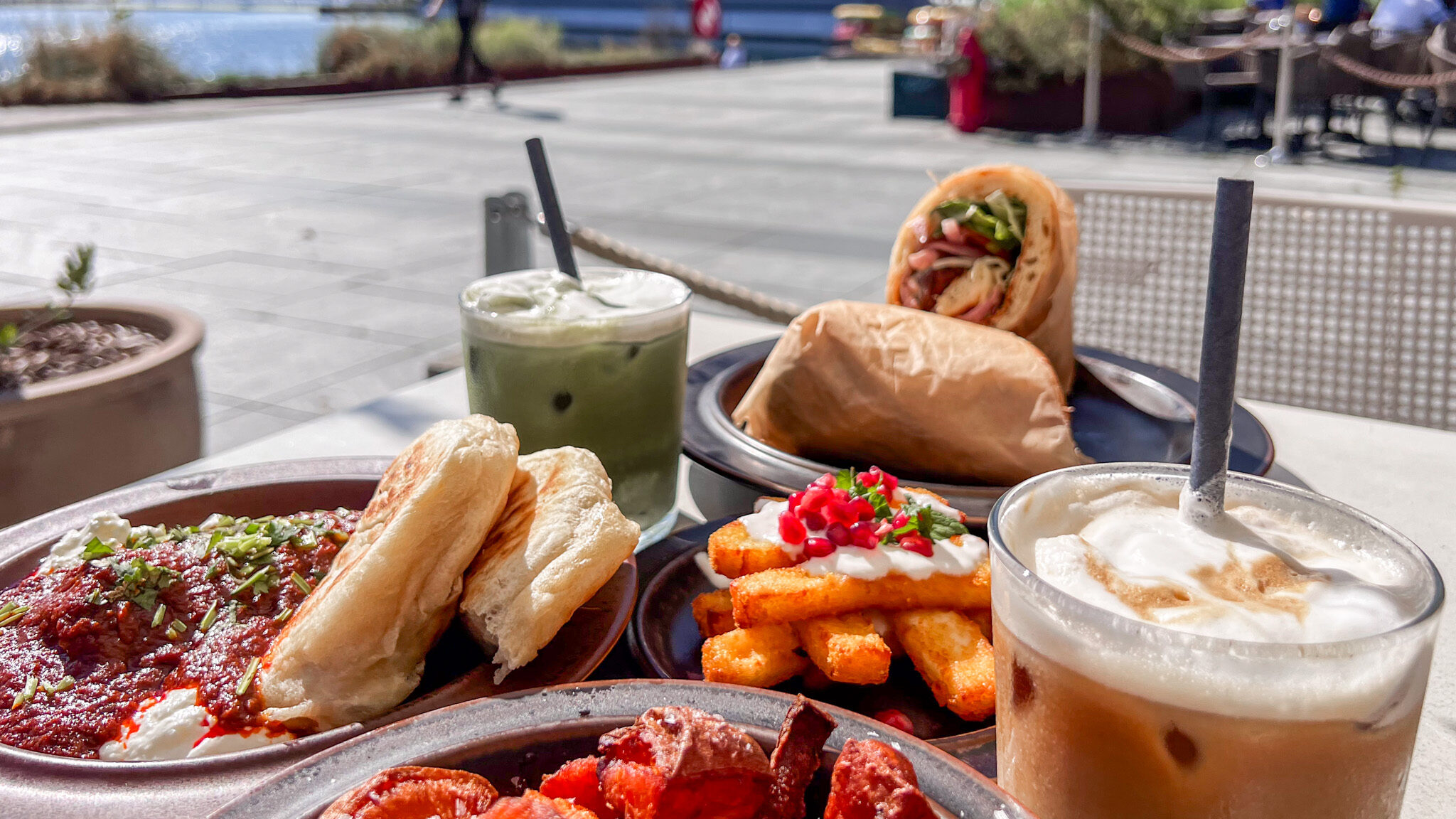
One of the best brunch spots in Oslo has to be KUMI. We visited their restaurant located behind the MUNCH Museum, which has a beautiful view along the waterfront while you eat. This trendy restaurant focuses on organic and healthy food, making it a great option for those of you looking for a lighter meal. All of their dishes are very colourful and beautifully presented, so even if you have to wait for a seat, it’s definitely worth it. Make sure you try the halloumi fries or the Turkish Eggs!
Haralds Vaffel
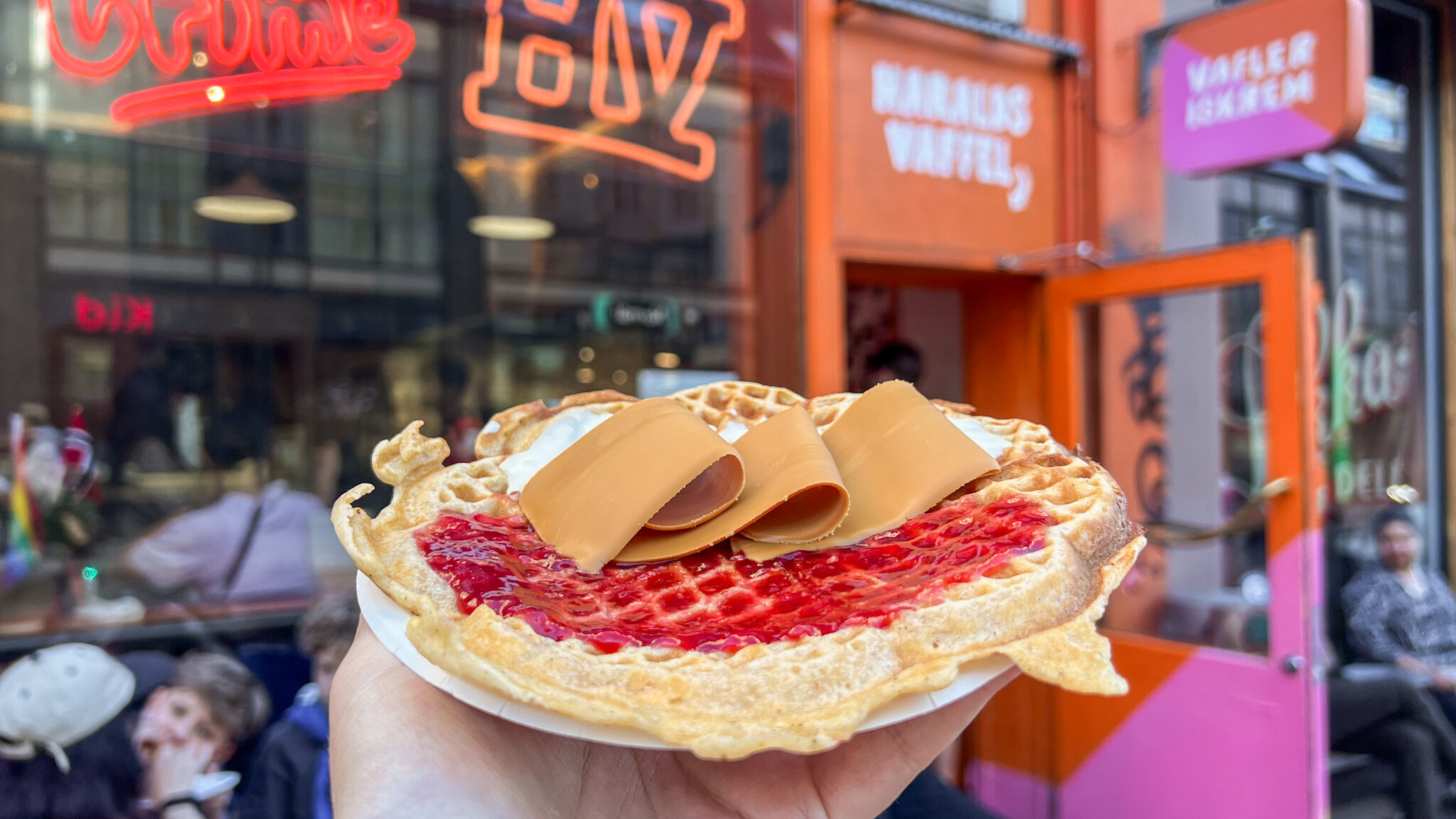
If you’re on the hunt for something quick to eat, head over to Haralds Vaffel. This little eatery is famous for its unique twists on the traditional Norwegian waffle, with both sweet and savoury options available. We tried their super classic waffle with brown cheese, sour cream, and raspberry jam. The combination may seem a bit strange, but these flavours come together to make a great tasting Norwegian waffle.
Vippa
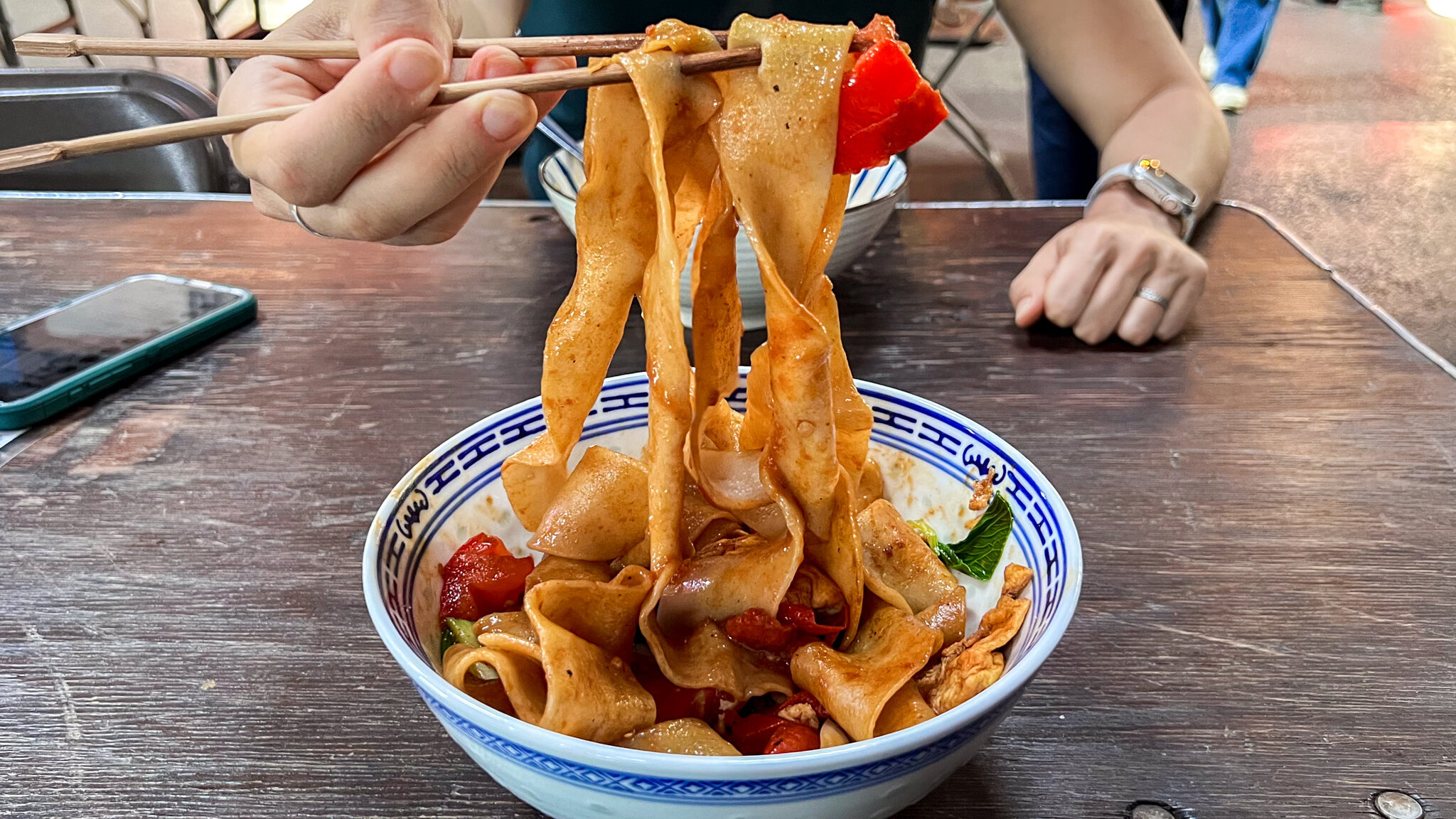
The Mathallen Food Hall is the most well-known in Oslo, but a great alternative located along the waterfront is Vippa Food Hall. It’s located inside an old warehouse, providing a delicious mixture of global street food vendors. It’s the perfect place to come if you’re in the mood to sample a few different things all at once. We tried the hand-pulled noodles from the stall called Deep Fried Duck, and they were incredible. The portion was very good for the price too, and everything was made fresh to order.
Daegens Bakeri
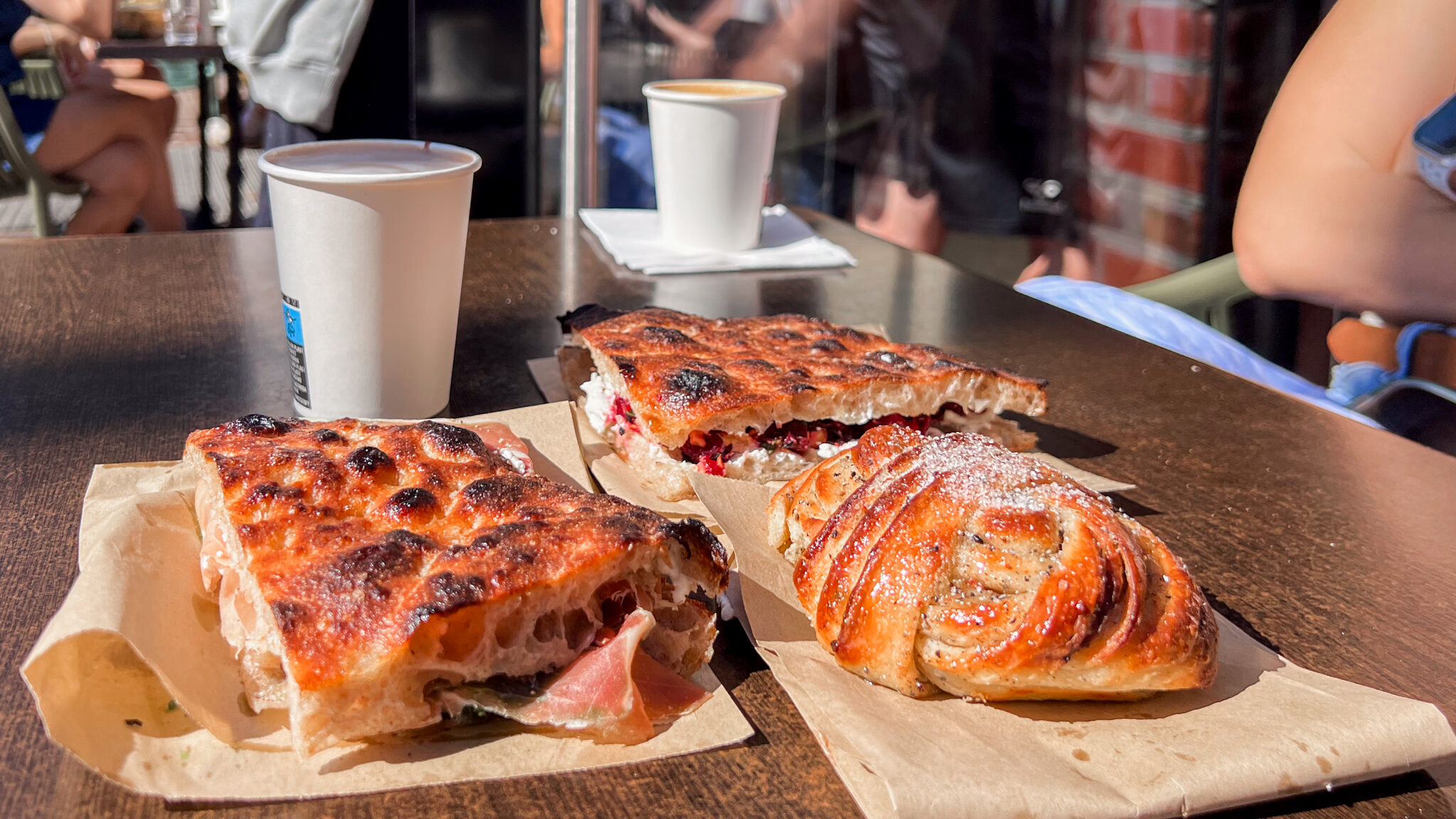
Located a short tram ride away from the city centre is Daegens Bakeri. This small coffee shop and bakery is said to serve the best cardamon buns in Oslo – and we might have to agree! I’d suggest coming here for breakfast when you can enjoy a nice morning coffee and one of their freshly baked pastries or a sandwich made with freshly baked bread.
Daegens Bakeri is located in a quiet part of the city. From here you can walk through the trendy Grünerløkka neighbourhood and explore a more local side of Oslo, before heading back to the city centre.
Where to stay in Oslo
Radisson Blu Nydalen Hotel
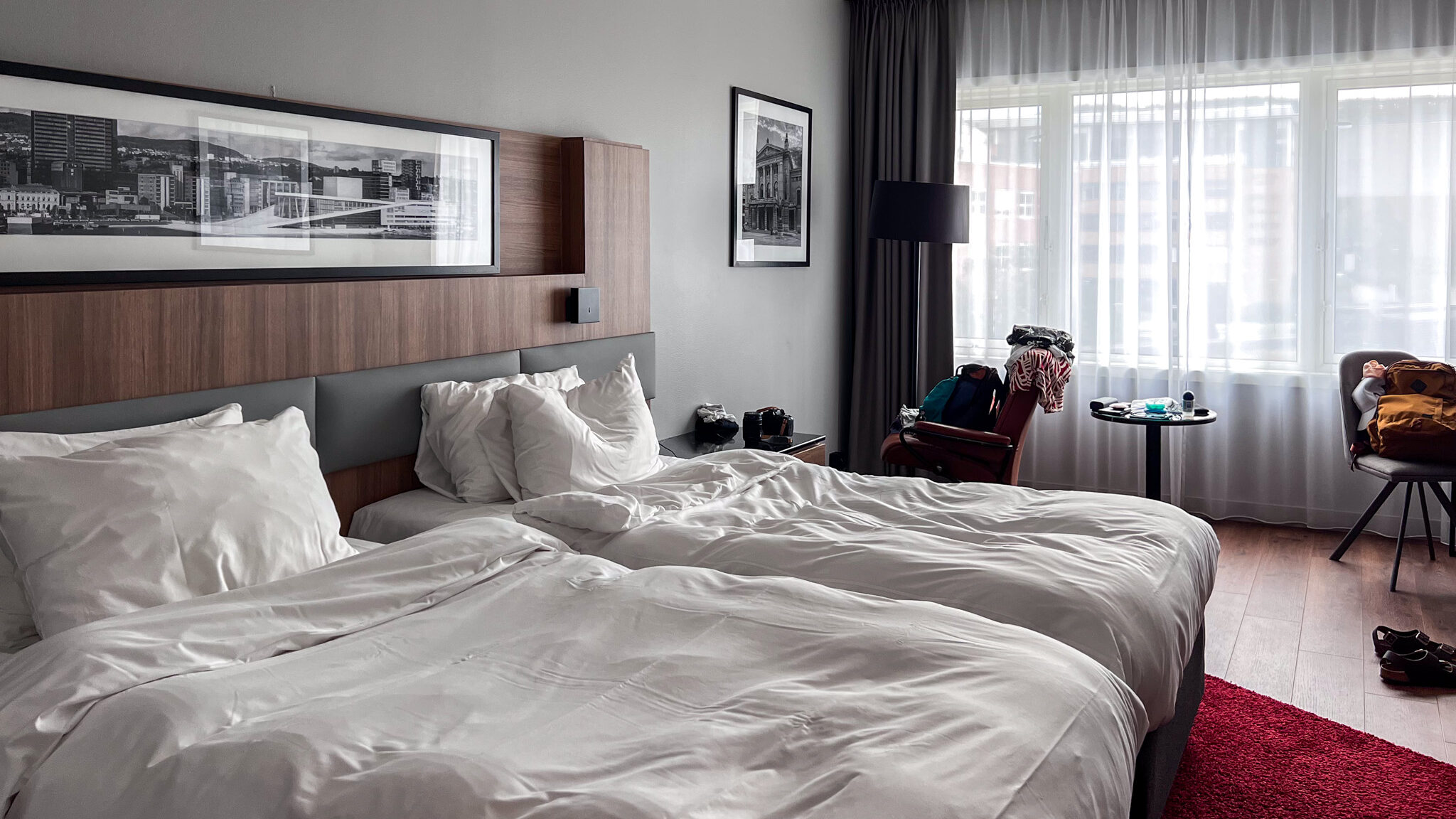
The hotels in Oslo can be pretty pricey. If you want to save money, you’ll find it cheaper to stay further away from the centre. We chose to spend a few nights at Radisson Blu Nydalen Hotel, which is located less than 25 minutes on the metro to Oslo City Hall. The hotel features modern rooms with a Scandinavian design and lots of amenities. The metro is located directly below the hotel too, so it’s very accessible.
This is the perfect place to stay in Oslo if you want somewhere quieter to sleep. Breakfast is available at the hotel as well, but there are plenty of local cafes nearby that are worth trying instead.
When’s the best time to visit Oslo?
The best time to visit Oslo depends on what type of experience you want. The most popular season is between June and August, when there’s longer daylight hours and nicer weather so you can enjoy being outdoors. Spring and autumn will have lesser crowds and milder temperatures, which is perfect for exploring the city at a relaxed pace.
And if you want to experience Norway in the off season, then visiting Oslo in the winter is a great time to see the city under a blanket of snow or take part in outdoor activities like skiing. Regardless of what time you visit the Norwegian capital, you can still enjoy making your way through the long list of the best things to do in Oslo at your own pace.
If you have any questions about what to do in Oslo or how to visit Oslo on a budget, please feel free to reach out. You can get in touch via email or through the contact form on my website. And don’t forget to follow my travels on Instagram and TikTok, where you might find some more helpful travel tips.
This post may contain affiliate links, which means I may earn a commission from the discount codes used or when a link/ad is clicked. All purchases made will come at no extra cost to you, and I only include products and services that I would personally recommend.
Pin this blog post for later!
